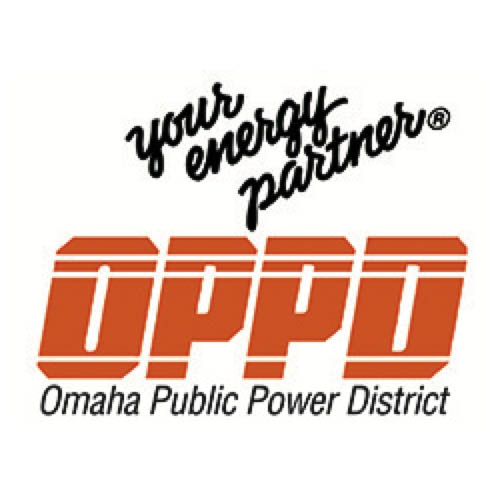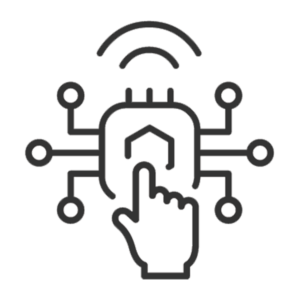
The Problem:
Omaha Public Power District (OPPD), a regional power company found a need to generate more income after a major infrastructure updates. They began selling different add-on services to their customer base. OPPD quickly realized they needed to find a more targeted approach to selling these services. Their customer service team fielded calls all day and didn’t have a clear direction on what to try and sell either.


The Solution:
Contemporary Analysis (CAN) built a solution that sorted the customers into profiles based on the information available. From there the model was able to predict the likelihood of a customer purchasing a particular service. When that customer called in it prompted the customer service rep “ask them about XYZ”. If the response was favorable they were transferred to a salesperson. The same personas allowed them to market to a narrower segment of customers with high probability of purchase.
The Results:
- Customers adopted new products and services without being overwhelmed.
- Marketing ROI was significantly improved as they avoid low traction consumers.
- Additional products have been identified and added to the matrix.
- Customer service satisfaction ratings are up and conversions have also increased.

